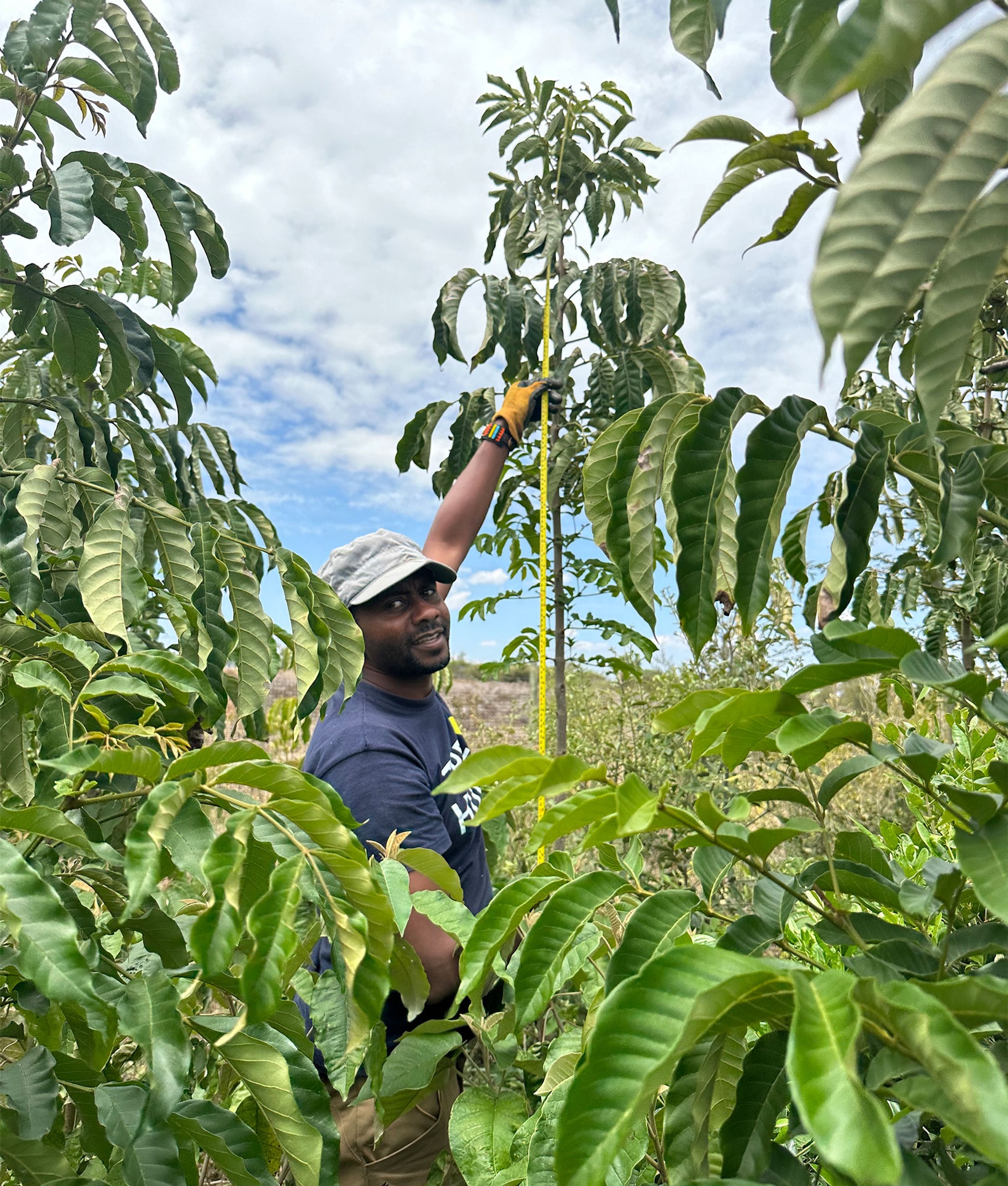Tag: Environmental Conservation news
Nature Kenya: An Organisation set on Healing Eastern Africa
Across Eastern Africa, a quiet war rages – one fought not with weapons but with the unrelenting march of deforestation, polluted rivers, and scarred landscapes.
Every quarry, every mine, every inch of land cleared for industry or agriculture represents more than environmental loss; it threatens the lifeline of entire communities and the heritage of generations.
In this unfolding crisis, Nature Kenya stands as a beacon of hope under the Habitat Restoration Initiative of East Africa (HARI).
Their mission is not just about saving nature – it’s about saving us all.
Why Habitat Restoration Cannot Wait
The urgency to restore degraded habitats is not just a conservationist’s plea. It is a call to preserve life as we know it.
In Eastern Africa, natural ecosystems sustain agriculture, supply clean water, regulate climate, and underpin economic activities that millions depend on.
Yet, as natural habitats vanish, so too do the countless plants and animals that once thrived within them.
The stark truth? Many of these losses are irreversible.
However, through techniques informed by science and rooted in traditional knowledge, Nature Kenya and HARI are working to reverse this tide – rebuilding ecosystems, reintroducing species, and empowering local communities to become stewards of their land.
Nature Kenya: Leading with Science, Guided by People
Unlike many conservation organizations, Nature Kenya’s work is driven by an intricate balance of science and people.
Birds, often overlooked in conservation narratives, take center stage as “first responders.”
Their sensitivity to environmental changes makes them reliable indicators of ecosystem health. But while science identifies the problems, people hold the solutions.
For Nature Kenya, empowering people is central to its mission.
From the butterfly farmers of Arabuko-Sokoke Forest to the 8,000 beekeepers transforming lives in rural communities, the organization’s efforts ensure that conservation is not a sacrifice but an opportunity.
This people-first approach proves that biodiversity and livelihoods can grow hand in hand.
Communities on the Frontline
Take, for instance, the residents of the Tana River Delta.
For decades, this biodiverse haven has faced threats from unsustainable development. But through Nature Kenya’s advocacy, the delta’s communities now have a voice in its future.
Similarly, in Yala Swamp, local people are leading efforts to restore wetlands critical for agriculture and water supply.
Across 27 Key Biodiversity Areas, local conservation groups supported by Nature Kenya are acting as Site Support Groups, bridging the gap between global conservation strategies and ground-level action.
Their work is restoring forests, replenishing grasslands, and protecting the ecosystems that sustain millions.
What’s at Stake for the Future?
Conservation is not just about birds and trees; it’s about the survival of entire systems that support life.
The stakes are particularly high in Eastern Africa, where rapid population growth and urbanization put even more pressure on shrinking natural resources.
Yet, Nature Kenya demonstrates that solutions exist.
Whether it’s planting over 2.6 million trees to reduce deforestation, fostering eco-tourism in overlooked areas like Kakamega Forest, or advocating for sound environmental governance, their work offers a blueprint for sustainable development.
Join the Movement
Nature Kenya’s story is not just theirs to tell – it is ours to share and act upon.
The fight to restore Eastern Africa’s habitats is a fight for our shared future. Whether you’re a policymaker, a farmer, or a city-dweller, you have a role to play.
Every tree planted, every child educated about the environment, and every unsustainable practice halted brings us closer to a thriving planet.
Together, through initiatives like HARI, we can heal the scars of the past and build a future where nature and people flourish as one.
This is not just a story of restoration. It’s a story of resilience, and it starts with you.









